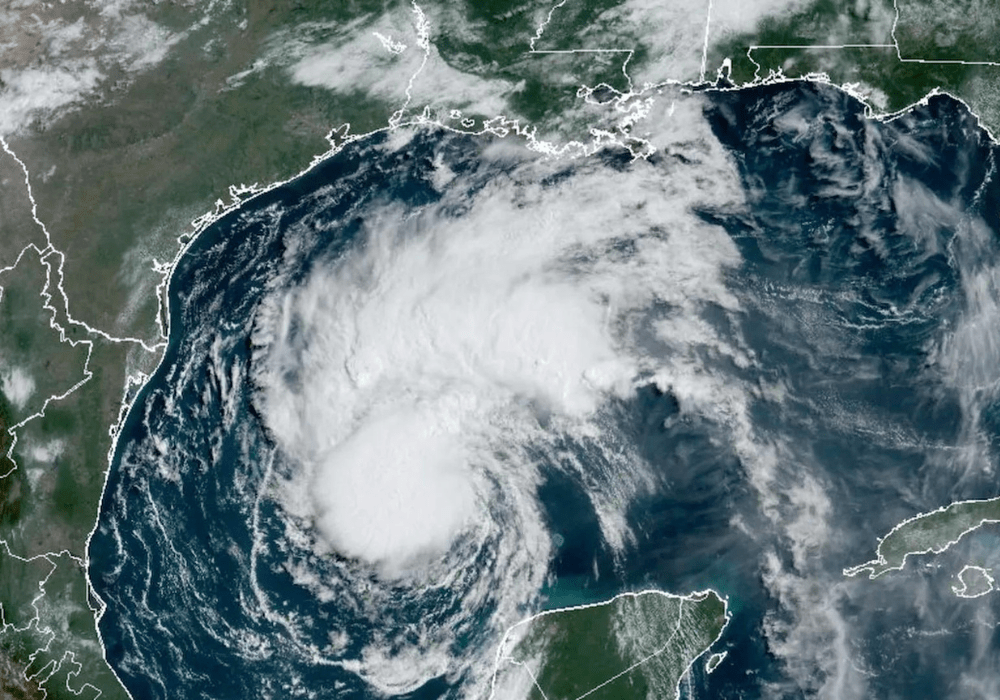
Hurricane and Tropical Storm Beryl have battered parts of the Caribbean and Texas, killing at least 13. As one of the first hurricanes to reach Category 5 status this early in hurricane season, experts are concerned about what this could mean in the time of climate change.
Beryl hit the Caribbean as a Category 5 storm, making landfall in Grenada’s Carriacou Island before reaching St. Vincent and the Grenadines. The intense rainfall and high wind gusts flattened buildings and damaged core infrastructure. The Associated Press reported that on the island of Mayreau, Beryl ripped roofs off of schools, stripped trees of almost every leaf, and crumbled homes. Beryl weakened into a tropical storm as it moved across Mexico’s Yucatán Peninsula. President Andrés Manuel López Obrador urged residents to evacuate before Beryl intensified.
The storm is flooding communities along the central Texas coastline after making landfall as a Category 1 hurricane in Matagorda, Texas, early Monday. More than three million people have lost power in the state. Officials have warned Houston residents that the region will experience strong winds up to 80 miles per hour and urged the public to take shelter. Southeast Texas also faces an ongoing heatwave, making the conditions and lack of power even more dangerous. The National Weather Service in Houston warned that “[w]ith power outages continuing across south-east Texas, the lack of air-conditioning will aggravate the risk for heat-related illnesses as high temperatures warm into the lower and mid-90s.” Over 2,500 first responders have been dispatched across the state, including the Federal Emergency Management Agency (FEMA), the Division of Parks and Wildlife, transportation and health services, and more.
As the storm moves north, the National Hurricane Center (NHC) of the National Oceanic and Atmospheric Administration (NOAA) issued a warning on the morning of July 10 of the risk of flash flooding and tornadoes in the northern Mid-Atlantic and New England states. Flood watches are in effect for portions of northern Indiana, southern Michigan, central and northern New York, and northern New England. Tornado warnings are in effect in Pennsylvania, northern New York, and northern New England.
Beryl is the earliest Category 5 Atlantic hurricane recorded in a century, breaking a record from Hurricane Emily in 2005. Climate scientists believe that increasingly high sea surface temperatures are a key cause of Beryl’s timing and intensity. Such strong storms typically develop later in the season, after the summer temperatures have heated up the ocean. Hurricanes generally develop when sea surface temperatures reach 80 degrees, which, along with this summer’s heat waves, happened earlier than usual. Ko Barrett, Deputy Secretary-General of the World Meteorological Organization, said, “Hurricane Beryl sets a precedent for what we fear is going to be a very, very active, very dangerous hurricane season, which will impact the entire Atlantic basin.”
By Jamie Epstein
